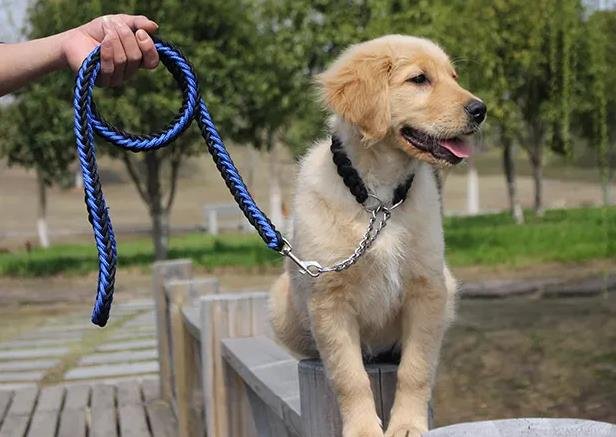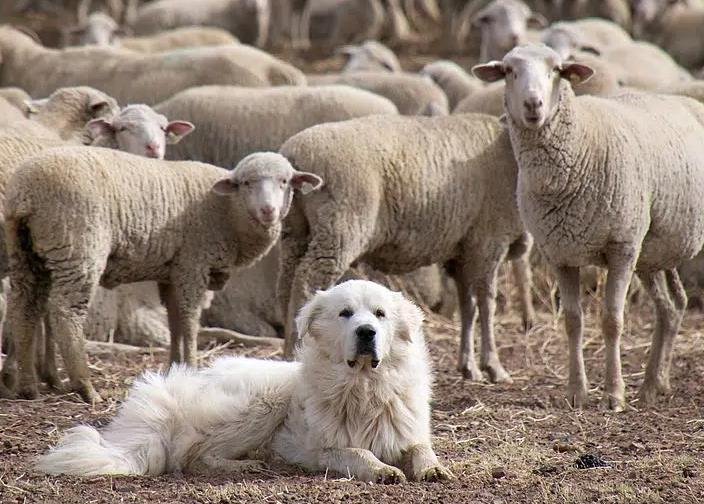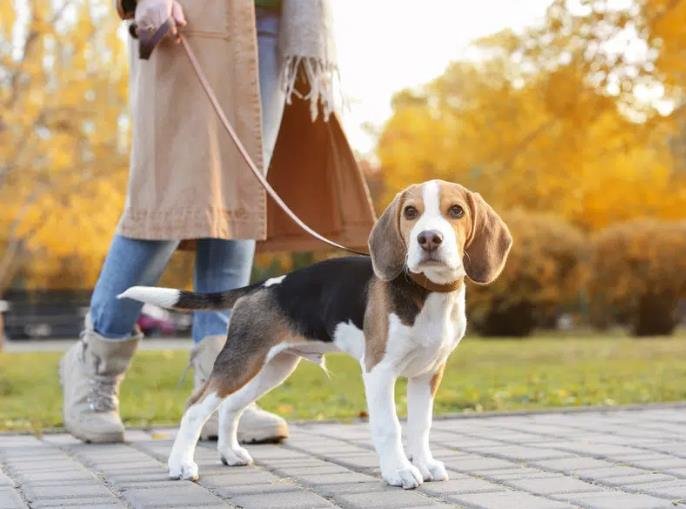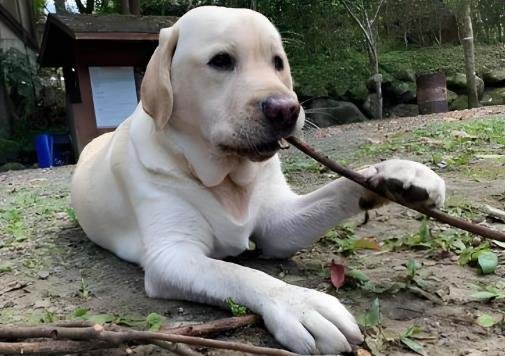1、 Basic information of traction rope:
Why talk about traction ropes first? Because it is the most important tool for controlling dogs, its proper use is related to the ability to control the dog well, as well as to the dog’s physical health and safety. The most commonly used traction ropes are “collar style traction ropes” and “chest back style traction ropes”. Although there has been ongoing controversy over these two types of traction ropes, generally speaking, “collar style traction ropes” have higher control over dogs than “chest back style traction ropes”. However, the collar style leash also has its drawbacks, which is that it is easier for dogs to break free.
2、 Rope up training
No dog likes to wear a leash from the beginning because their neck is their lifeline. Therefore, every dog has an adaptation process: well trained, even if a leash is worn, the dog is excited. On the contrary, an excited dog becomes a “wilted dog” as soon as the leash is worn. Generally, the elasticity of the leash is suitable: it can be inserted into a finger but cannot be directly removed.
Let’s start practicing indoors:
1. At the beginning of putting on the rope, be sure to coax and move gently. If the dog refuses, do not force it to be worn. At this point, squat down, talk to it, soothe its emotions, tickle it, and then slowly put it on.
2. After putting it on, don’t rush to lead it, but play with it and let it adapt to the things around its neck. When towing, it is best to have food or toys that the dog likes in your hand. Hold the dog with your left hand, hold food or toys with your right hand, face the dog, walk backwards, gently shake the towing rope with your hand, and gently say to the dog, “Come!”! Baby! Come on! follow me! Be good! How well behaved! .
3. If the dog is motivated to resist at this time, then stop, squat down and talk to the dog, touch and soothe it. Attention, why do I specifically say to squat down and communicate with the dog? That’s because dogs are more afraid of tall things. You can also observe for yourself, is your dog more excited when you squat down? Men are taller and more powerful than women, which is one of the reasons why dogs prefer to play with women.
4. When your dog can follow you for a few steps, you must encourage it in a timely manner, using food, language, or actions, and don’t forget to be from the heart! If some dogs are particularly stubborn or sensitive, then put a leash around their neck and let them play with the leash themselves. Wait until they are not afraid before conducting the above training.
After indoor success, let’s learn the outdoor rope tying technique again:
1. Take the dog to a relatively open area outside of home, put it down with the leash tied, walk 2 meters away, and let it come over. Do not use forced methods to pull the dog over, but call out the dog’s name, pat its legs, etc. At this time, the leash is in a relaxed state. If the dog still does not want to move, the owner can pick up the leash, gently pull the leash to guide it, and give it some snacks to lure it until it walks towards the parents.
2. At this point, you can pick up the traction rope and continue to walk slowly forward, while the traction rope is still in a relaxed state. Walk slowly within the speed that the dog can keep up with, and if the dog performs well, give appropriate rewards midway.
3. The training time should be controlled within 10 minutes, and can be repeated twice a day for several consecutive days.
Here are some precautions for rope training:
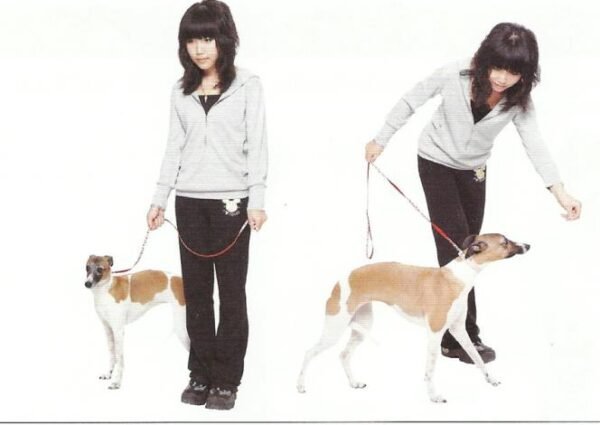
3、 How to use dog leash to tame dogs?
Firstly, hold the rope sleeve tightly in your right hand, maintaining appropriate looseness, and hold the rope in your left waist. The rope should be slightly sagging from the dog’s collar, maintaining a certain degree of looseness. Owners should always pay attention to whether the dog’s position is correct and whether there is any pulling of the rope, otherwise the goal of taming the dog cannot be achieved. The most common mistake in dog training is that the owner often tightens the rope in order to keep the dog in the right position. This way, the dog’s neck is constantly under the pressure exerted by the rope. When correcting dog behavior, pulling the rope is no longer useful because dogs can no longer distinguish between the two. When training a dog or going for a walk, the dog should be on one side of its owner and facing in the same direction. If a dog disregards its owner and runs straight forward by pulling the rope at will, it indicates that the owner is not attractive to the dog and is not trustworthy. In this situation, training becomes very necessary.
The method is as follows:
Firstly, when the dog is desperately pulling the rope towards a certain direction, the owner immediately forces it to walk in the opposite direction, turning or walking back and forth along the way. In short, the owner leads the dog. Secondly, when the dog is about to pull the rope and run forward, the owner should forcefully pull the rope back and hold the dog’s neck. The strength and timing of the owner at this moment are very important. They should suddenly apply pressure to the dog’s neck and then relax the rope.
reminder:
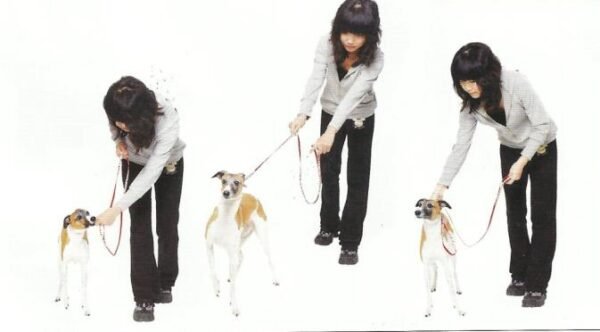
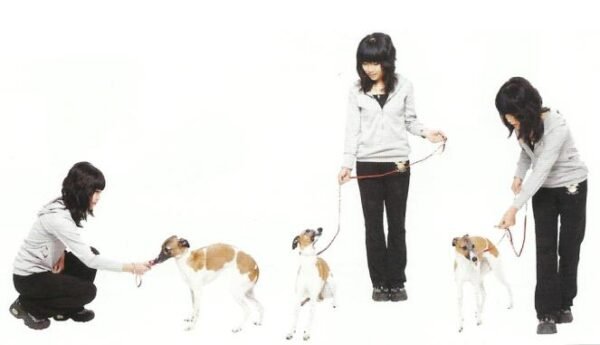
One thing to pay attention to during dog leash training is not to stay in a tight leash state for a long time! Otherwise, the dog won’t be able to distinguish when it’s right and when it’s wrong. So the above dog training methods are ineffective.




